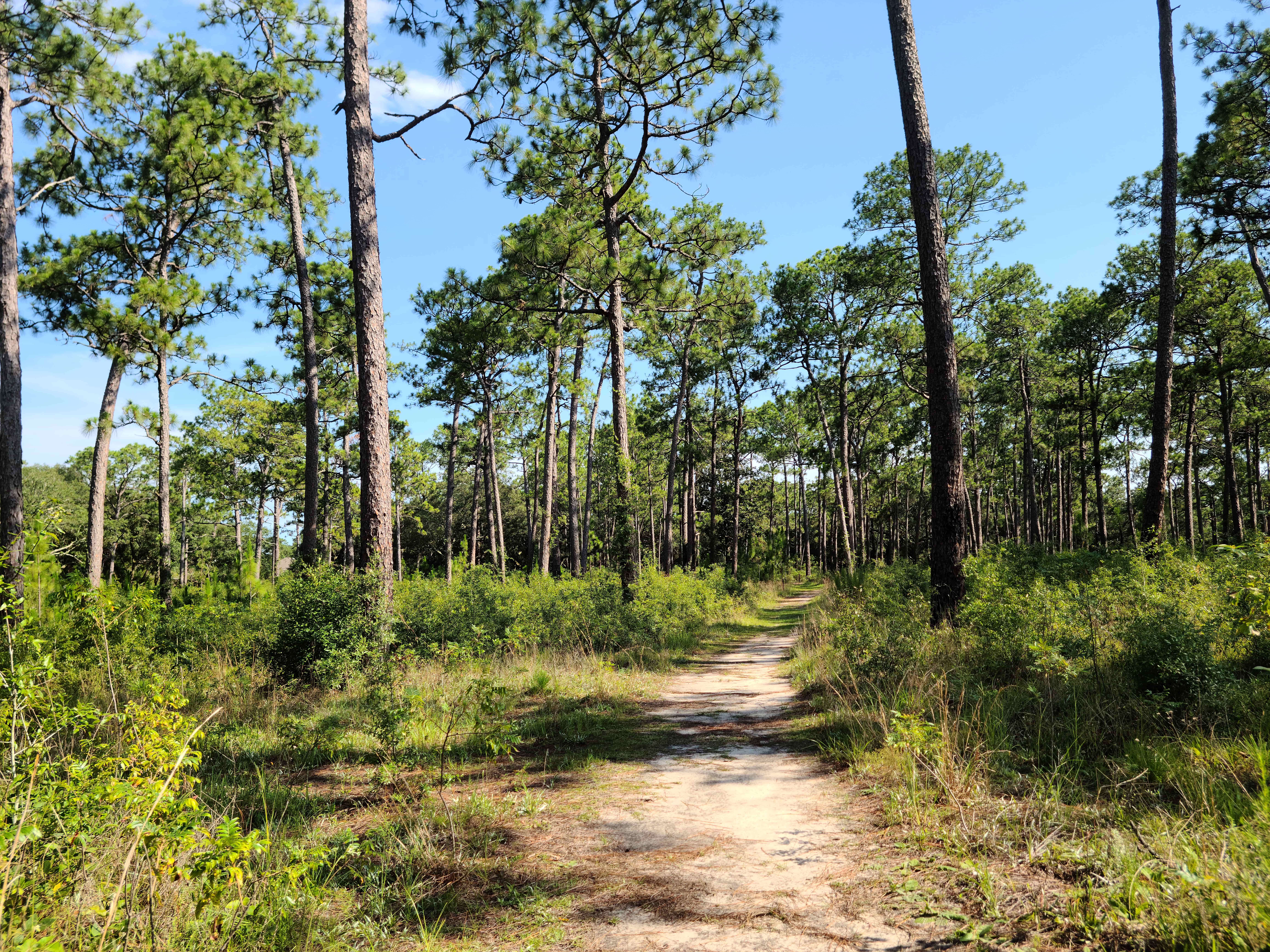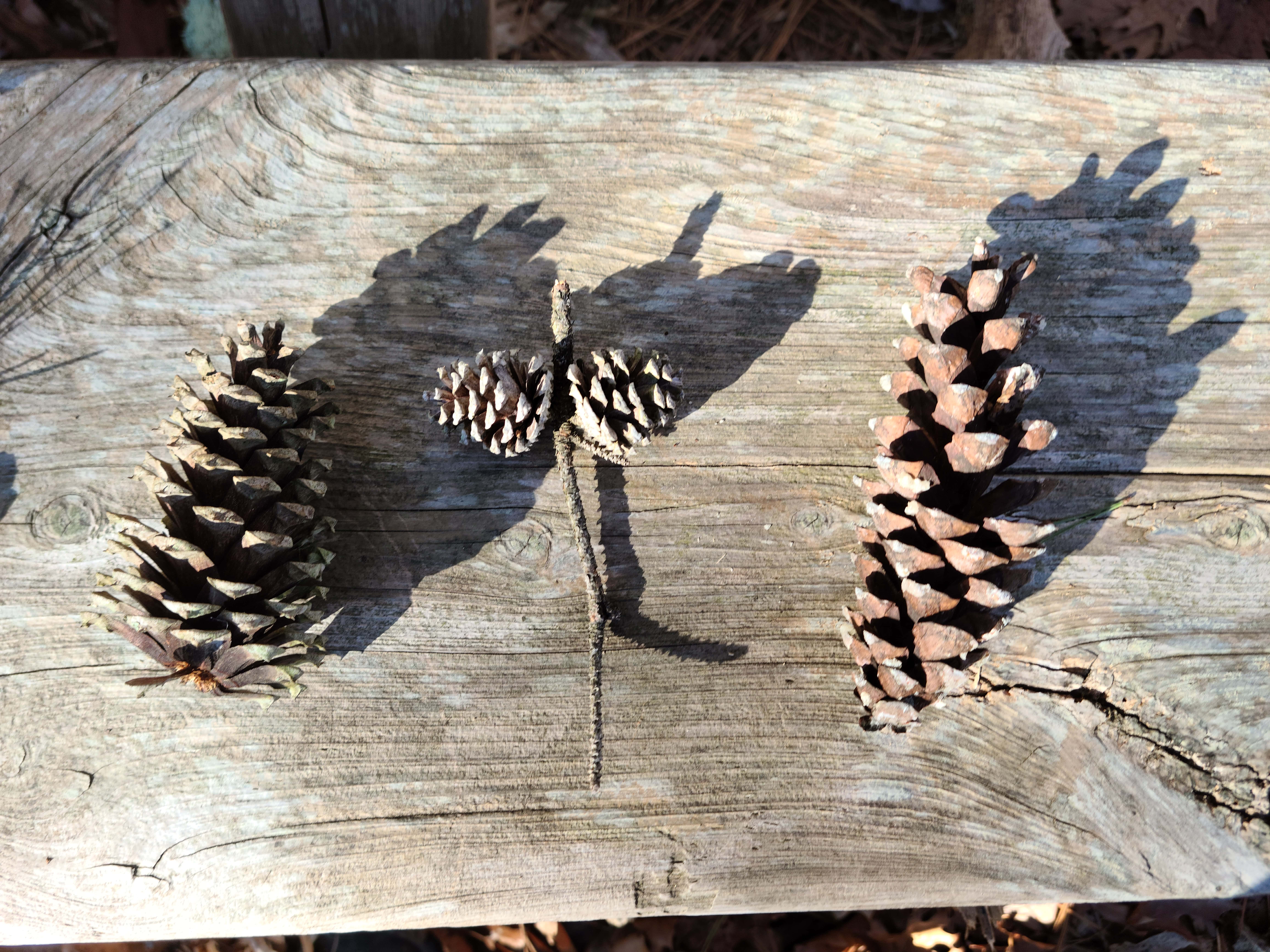Land of the Pines: Lee County’s Five (Or More!) Pine Species
go.ncsu.edu/readext?915215
en Español / em Português
El inglés es el idioma de control de esta página. En la medida en que haya algún conflicto entre la traducción al inglés y la traducción, el inglés prevalece.
Al hacer clic en el enlace de traducción se activa un servicio de traducción gratuito para convertir la página al español. Al igual que con cualquier traducción por Internet, la conversión no es sensible al contexto y puede que no traduzca el texto en su significado original. NC State Extension no garantiza la exactitud del texto traducido. Por favor, tenga en cuenta que algunas aplicaciones y/o servicios pueden no funcionar como se espera cuando se traducen.
Português
Inglês é o idioma de controle desta página. Na medida que haja algum conflito entre o texto original em Inglês e a tradução, o Inglês prevalece.
Ao clicar no link de tradução, um serviço gratuito de tradução será ativado para converter a página para o Português. Como em qualquer tradução pela internet, a conversão não é sensivel ao contexto e pode não ocorrer a tradução para o significado orginal. O serviço de Extensão da Carolina do Norte (NC State Extension) não garante a exatidão do texto traduzido. Por favor, observe que algumas funções ou serviços podem não funcionar como esperado após a tradução.
English
English is the controlling language of this page. To the extent there is any conflict between the English text and the translation, English controls.
Clicking on the translation link activates a free translation service to convert the page to Spanish. As with any Internet translation, the conversion is not context-sensitive and may not translate the text to its original meaning. NC State Extension does not guarantee the accuracy of the translated text. Please note that some applications and/or services may not function as expected when translated.
Collapse ▲North Carolina natives are used to seeing pine trees dot the landscape and line the roadsides. Most people don’t see the trees for the forest, but there are more than 79 species of pine trees found in the United States and 13 species found in North Carolina alone (12 native to North America, one non-native from Asia).
They are important trees for wildlife and humans. They are a source of food and shelter for hundreds of species of animals. Many pine species are also of economic importance because of the different products we harvest from them (e.g. fiber, soil-less media, turpentine, lumber, etc.). If it were not for the pine, North Carolina would not be the place it is today.
There are many things that make Lee County special, and pine species diversity is one of them! Lee County straddles three major ecoregions: the piedmont, Sandhills, and coastal plain. This is significant because soil, topography and land history all dictate where plant species grow, and by having so many ecoregions so close together means plants that may not be normally found near each other are suddenly brought together.
The needle game is a simple way to start identifying pine species. Pine needles come in natural bundles. This bundle is called a fascicle, and you can identify this by looking at the brown sheath around the base of the needles that bind them together. The way to play is to go to the base of a pine tree and pick up a handful of needles. Look at a sample of the needles and take the average of what you see. How many needles do you see in each fascicle? How long are they? Let’s check it out.
Pinus taeda, Loblolly Pine
The Loblolly Pine is one of the most common species in North Carolina, and is commonly grown for paper products on forestry plantations. It is a quick-growing species and fairly easy to manage as a crop. The species is very adaptable. It can grow in a wet or dry location, and can quickly shoot up from the forest floor. This adaptability has also made it a nuisance to conservationists, because the seedlings quickly pop up on sites where there has been disturbance, like land-clearing, and this can change the natural cycle of forest regeneration.
Loblolly needles come in bundles of three, and they are about six to ten inches long. If that sheath has three needles, you might have a loblolly. But you might not! There are other species that have that many!
Pinus palustris, Longleaf Pine
The longleaf pine is the state tree of North Carolina. This species is hard to miss at most stages of its life. It has about three distinct life stages: the grass stage, the rocket stage, and the table stage. It can take a longleaf two to five years to get out of the grass stage and more than ten years to finally get on its way to joining the high canopy of a forest. There are pockets of this species throughout the eastern and southern parts of Lee County. The Southeastern United State used to be covered in 90 million acres of this species, and the adjoining savannah ecosystem that it thrives in. Now it is relegated to about nine million acres. It was overharvested when Europeans came to North America for the many high-quality products it yields, and American foresters and conservationists have been working to restore this incredible ecosystem for more than fifty years.
covered in 90 million acres of this species, and the adjoining savannah ecosystem that it thrives in. Now it is relegated to about nine million acres. It was overharvested when Europeans came to North America for the many high-quality products it yields, and American foresters and conservationists have been working to restore this incredible ecosystem for more than fifty years.
Longleaf needles, as you might guess, are very long! They can be 10-15 inches long and come in bundles of three. The architecture of the tree is very unique though. You can’t mistake the pom-pom of needles on the branch tips of the trees!
Pinus strobus, White Pine
White pine, Pinus strobus, is a known western, mountain species and that it is prevalent in the county, especially in the Cumnock and Deep River areas, but even in the Boardway area, is really incredible. White Pines Nature Preserve over the river in Chatham County is a small preserve of the pines, but there are many other areas that could be protected. This species is one of the most unique in North America. It has five needles in each fascicle, the cones are softer, and the branches come out in distinct rings around the trunk.
Other species we definitely have in Lee County
There are a couple of other species native to Lee County. The Mountain Pine, Pinus virginiana, is usually found in the western part of the state, but the unique ecoregion in Lee County provides a refuge for this species. The shortleaf pine, Pinus echinata, is a good name for this species. The needles are shortest and the cones are smaller than all of the species, except for Pinus virginiana. The shortleaf pine is the next most common species in North Carolina.
Some others we might have….
The unique crossover of ecoregions creates the potential to run into species that you might not otherwise expect to see. There are two species from the Coastal Plain region of the Southeast that possibly occur here: Pinus elliotii, the Slash Pine, and Pinus serotina, the Pond Pine. Don’t let the names fool you. The slash pine refers to a “slash” or a wet area in a savannah-type habitat. The pond pine doesn’t grow in ponds, either. When you see these species growing you can tell
what the ground, soil and water conditions beneath them are.
There is almost 97,000 acres of timber forestland in Lee County and the forestry industry contributed approximately $34 million to the local economy, according to a

Pine cones at White Pines Nature Preserve – photo by Amanda Wilkins
2020 NC State Forestry analysis. Natural lands and land managed to enhance the health of the trees are the backdrop to the county’s economic fiber. Pine diversity is an important element of our natural landscape and is worth celebrating.
References:
Lee County Landowners’ Forestry Association
Lady Bird Johnson Wildflower Center Pinus
Clemson Pine Identification for Needle Game
Amanda Wilkins is the Horticulture Agent for North Carolina Cooperative Extension in Lee County.




